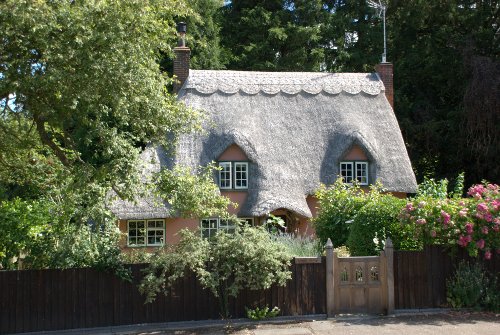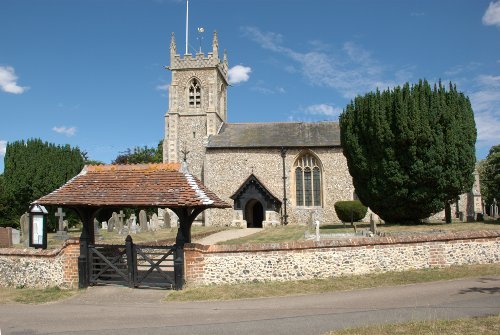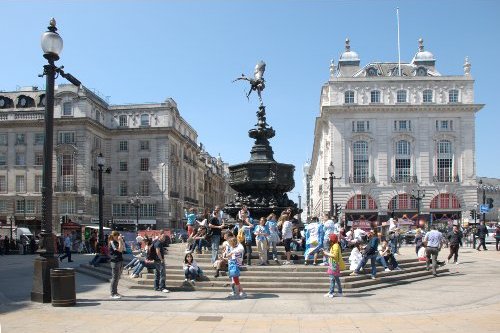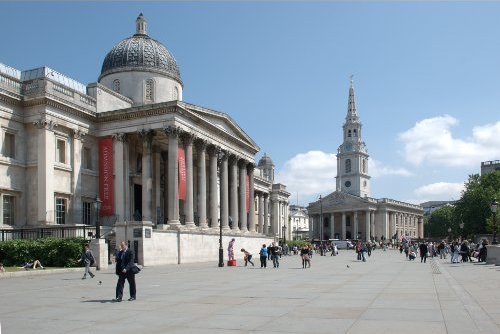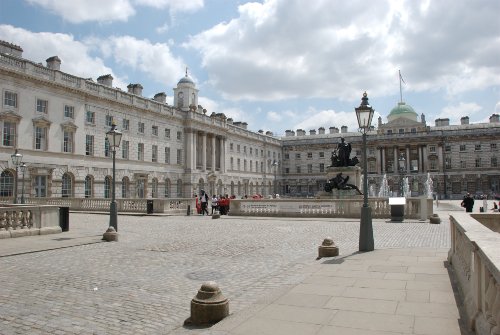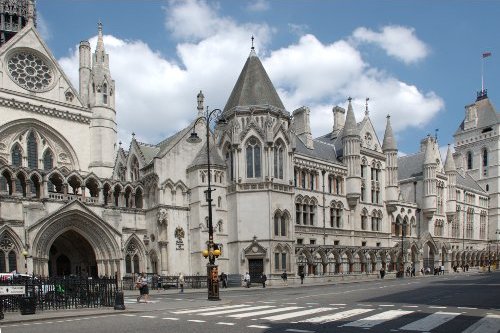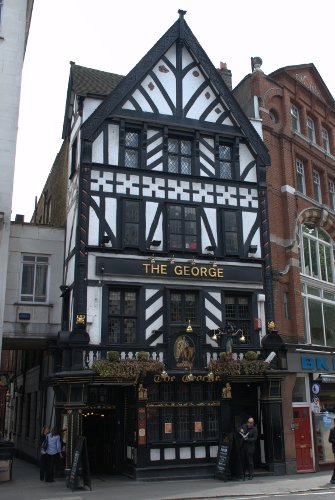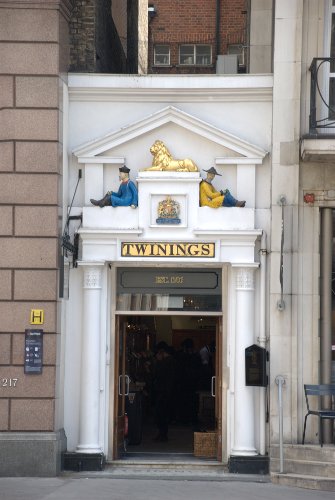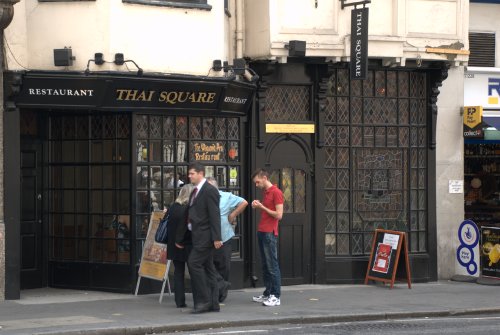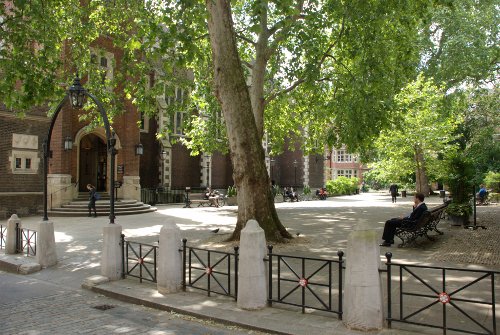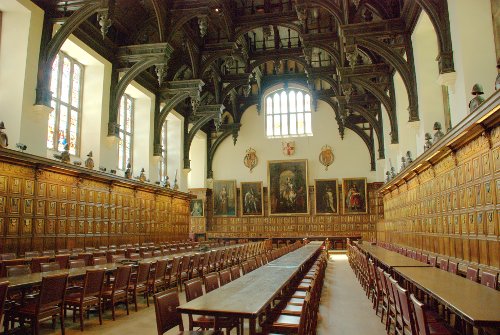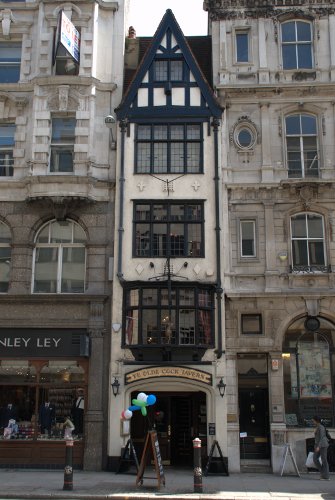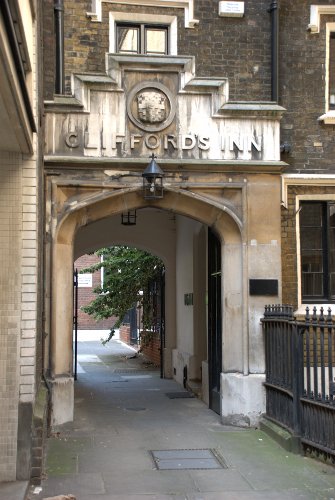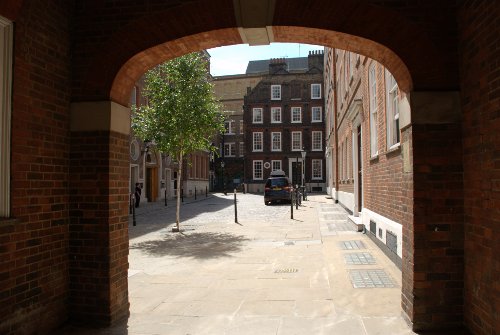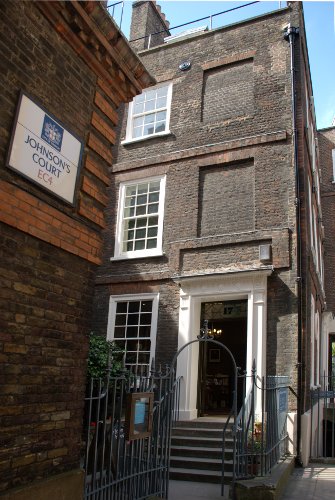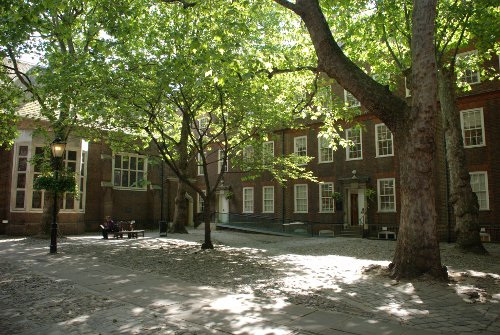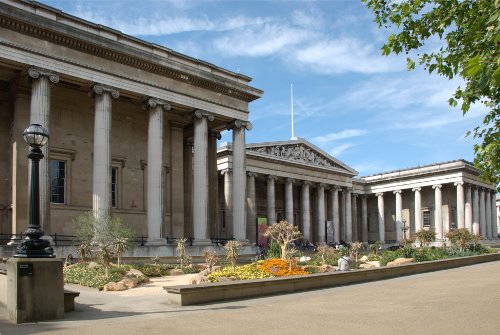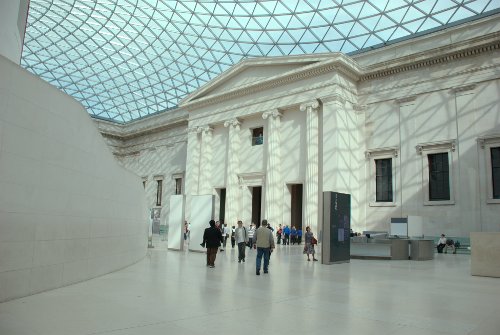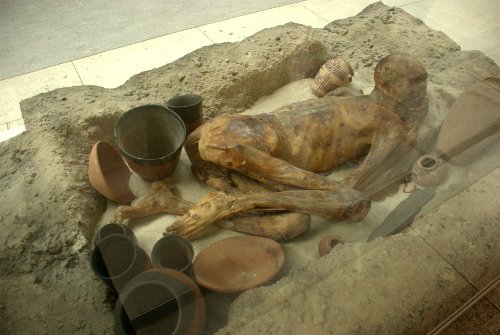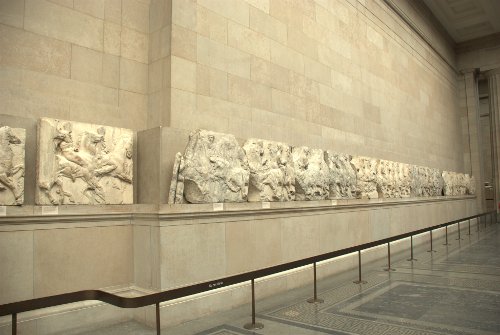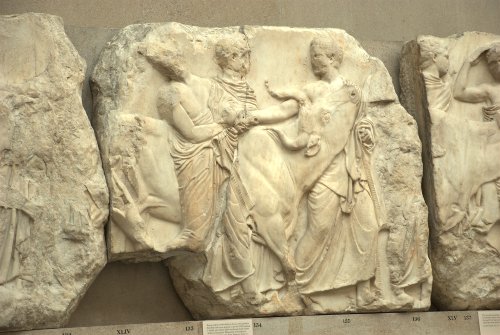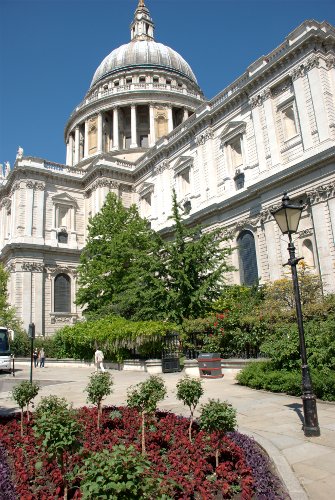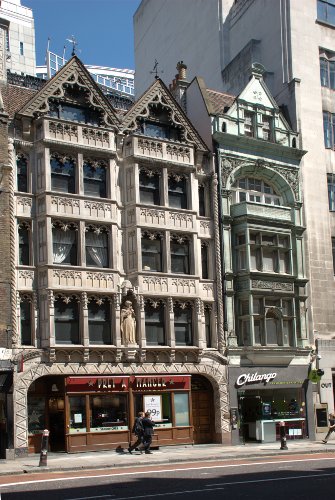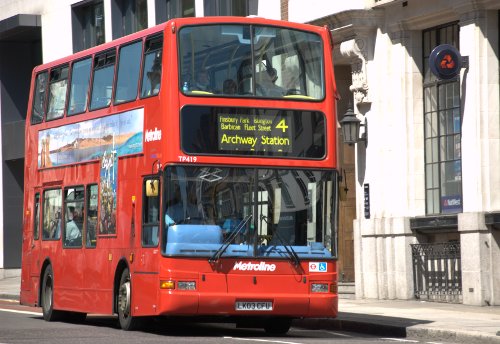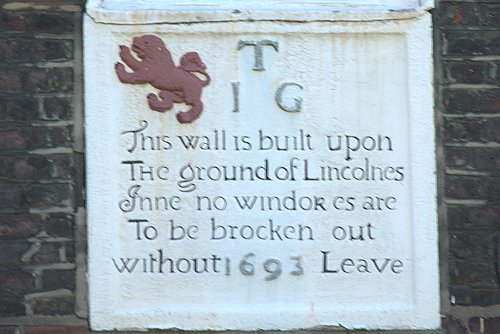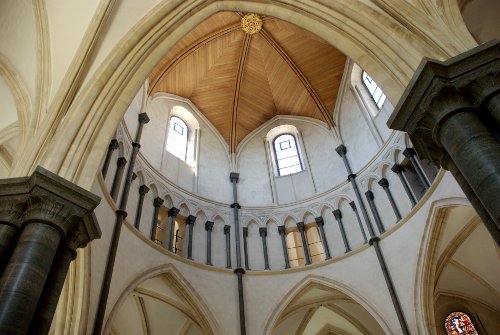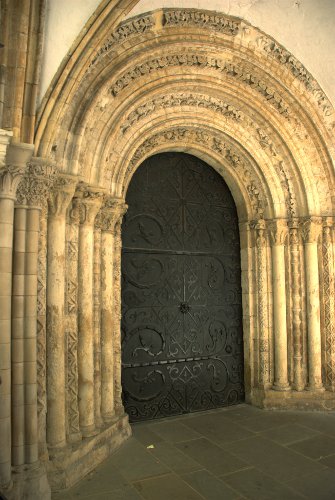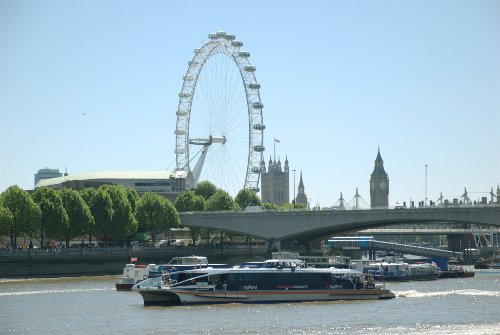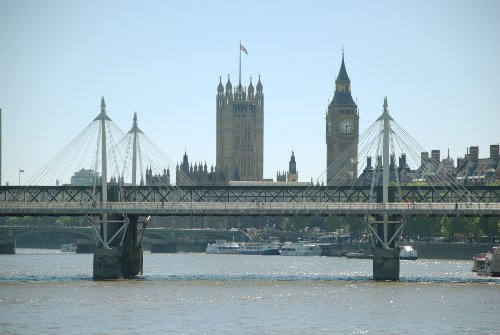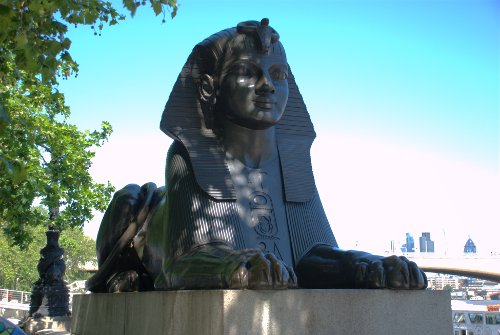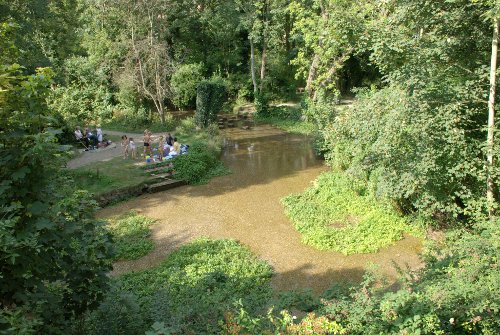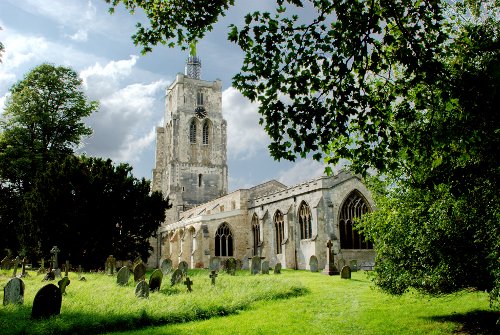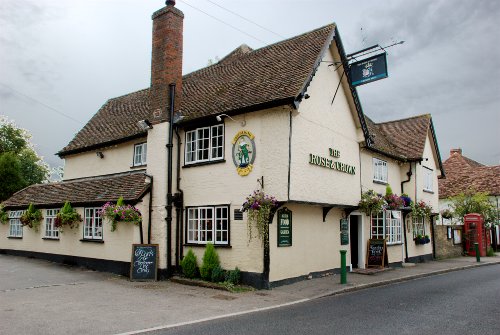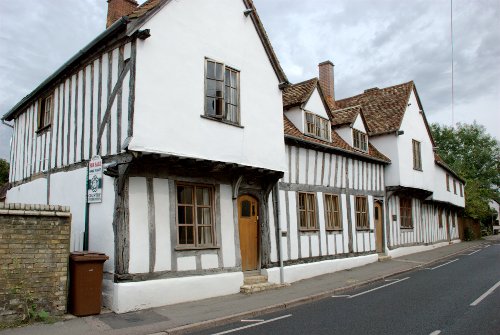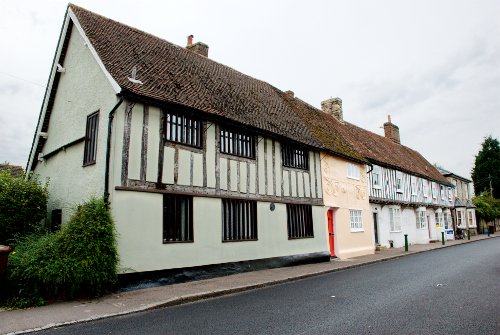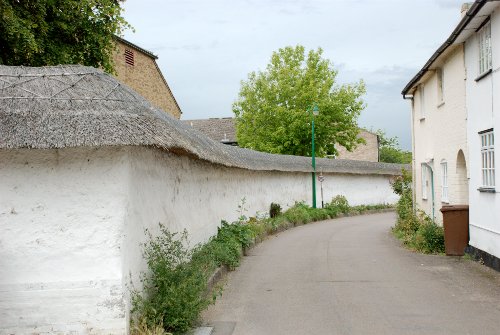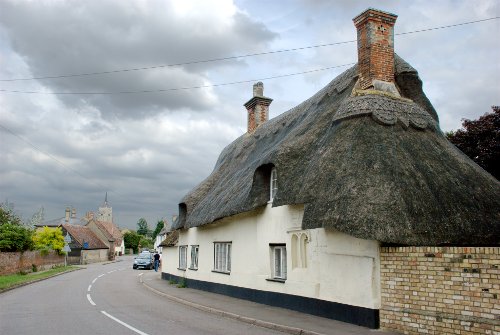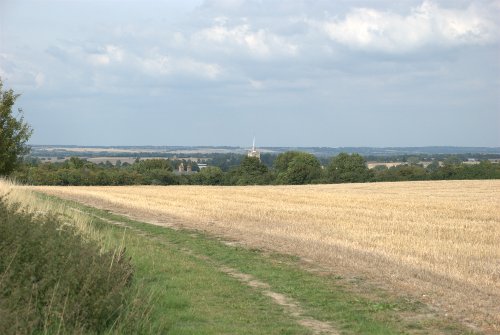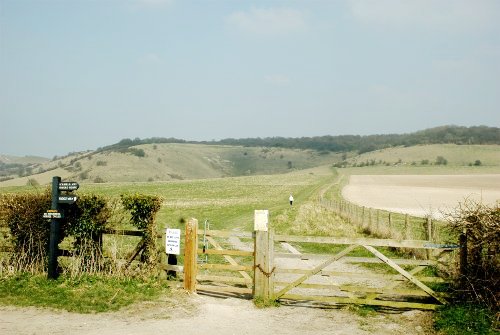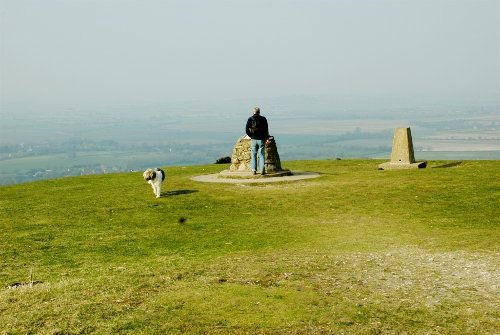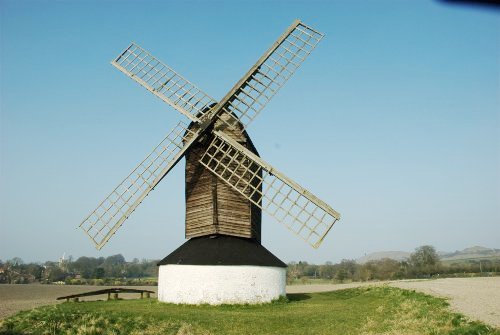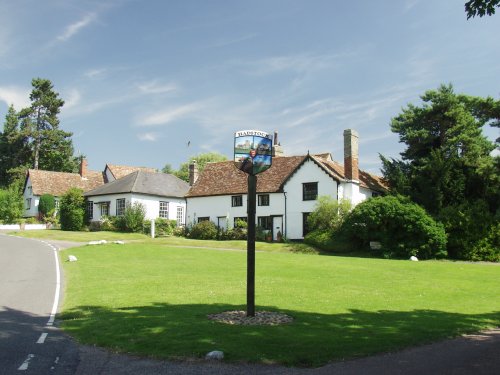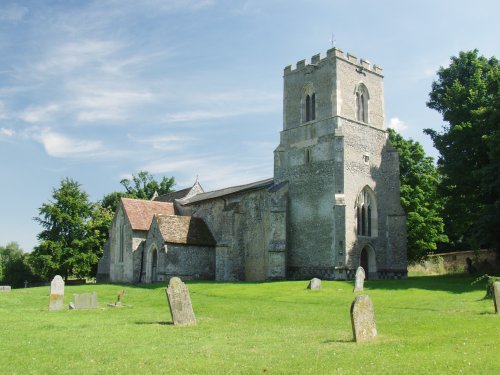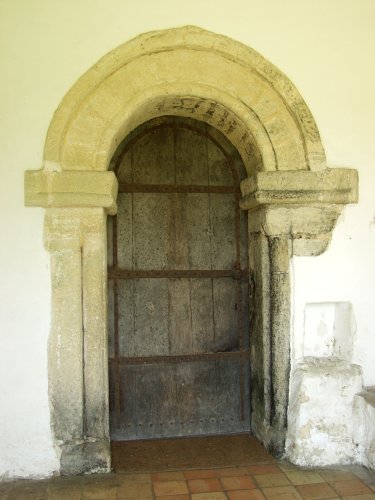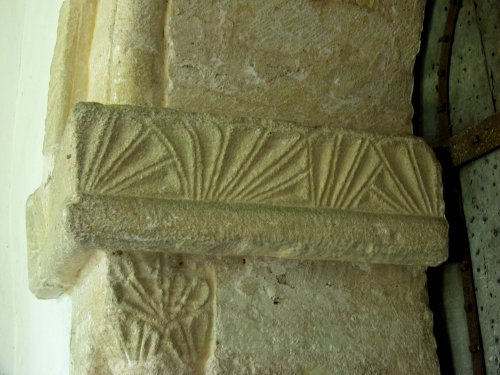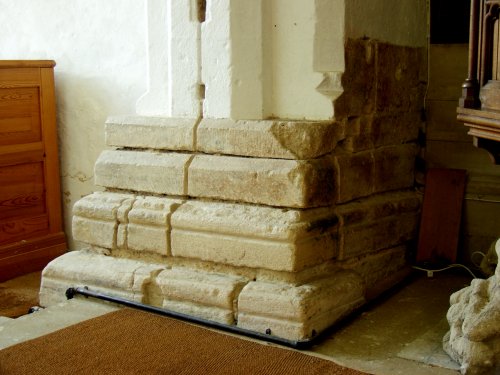England’s smallest and England’s oldest – Monday
"Just back from a short two night trip to the East Midlands."
'Oh – so that would have been pretty boring then'
"I knew you'd say that but you are quite wrong"
'What's interesting about the East Midlands then?'
"You really want to know?"
'Yes'
"Very well, you can't say you didn't ask"
—
Monday 2nd May 2011
We left home on a beautifully sunny morning and headed north. Our first destination was Oakham, the county town of England's smallest county – Rutland.
After leaving the A1 we went westward towards Oakham which would take us past Rutland Water. Rutland Water is an artificial lake, covering around 2.7 square miles, which provides a reserve supply of water in the driest and most densely populated quarter of the United Kingdom and is one of the largest artificial lakes in Europe with a 25 mile track around it for walking or cycling.
We travelled along the A606 on the northern side of the lake and the interesting thing is that although the road is at level higher than the lake it is not possible, generally, to see the lake because it is surrounded by wooded countryside.
Around 2 hours after leaving home we parked near Oakham to have a quick walk up a nearby hill to see if we could get a view of the town and of part of Rutland Water.
This is the town:
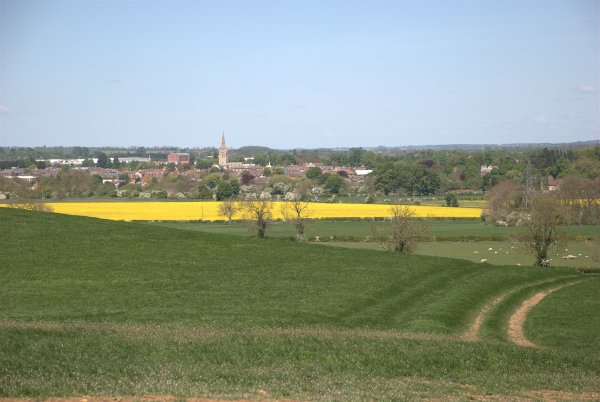
and this is part of the western end of Rutland Water:
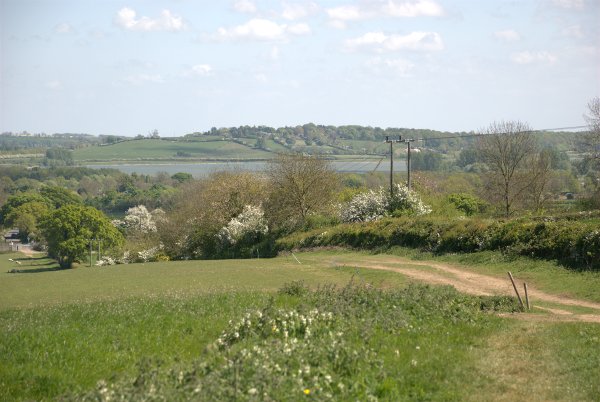
We then drove in to Oakham, parked the car (parking is free on Sundays and Bank Holidays and today is a bank holiday) and set off to look round the town. We were, at first, a bit disappointed because the town, generally, didn't look particularly attractive but then things started to get a little more interesting.
We walked up Church Street (We remembered seeing the spire soaring above the town in the distant view from the hill we climbed previously) and found All Saints Church quite easily (couldn't miss it really) at which point I spotted an interesting house in Northgate Street opposite.
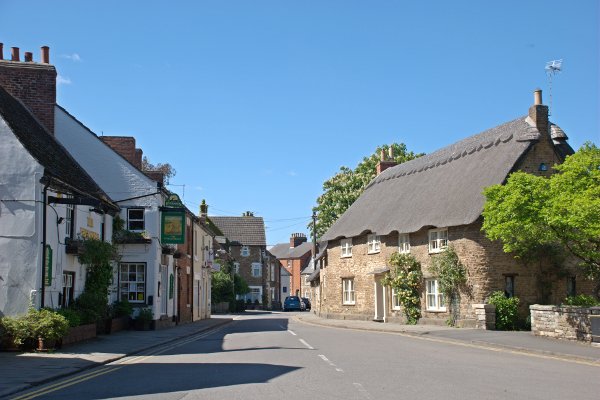
It had a nameplate on the wall with "The Manor House" on it but I have been unable to find any more information about it so I don't know what age it is but it is a pretty thatched house. We walked back to the church and followed the path alongside.
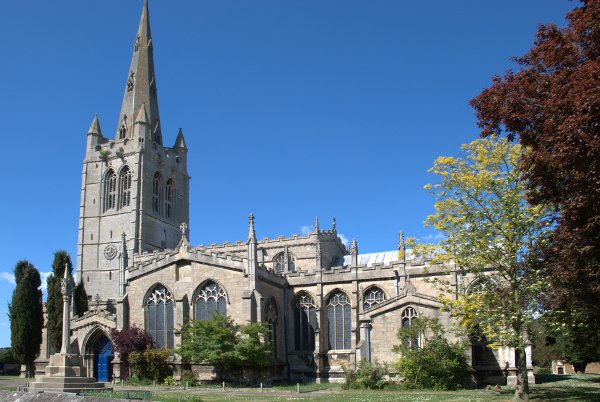
This led us into the area around the Market Place where we saw the Buttercross. In the shadow and on the right of the central pillar you may be able to make out the old stocks showing a row of holes for miscreant's legs.
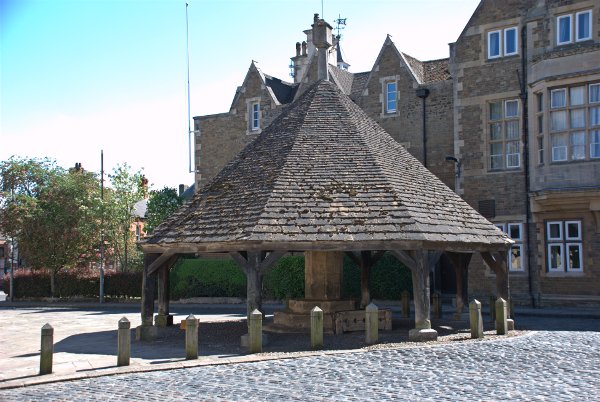
A little further on and we saw the old town pump with an old style red telephone box behind and the Market Place beyond.
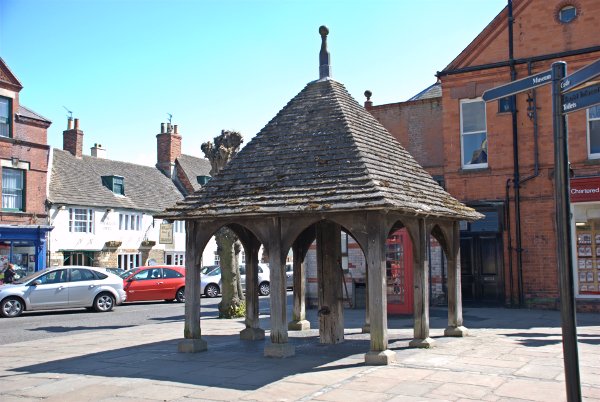
Leading off the Market Place was this little cobbled lane with a rather impressive gateway at the end.
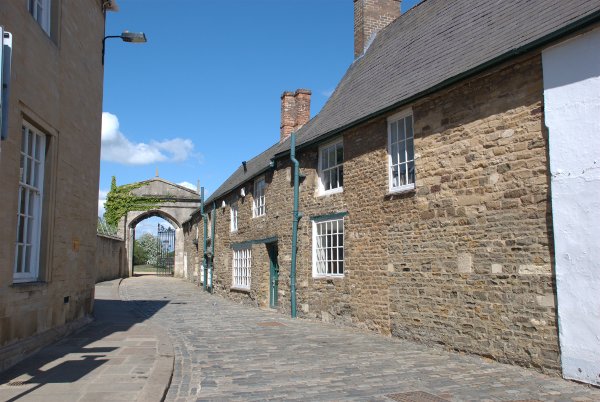
A closer view of the gate shows a building beyond.
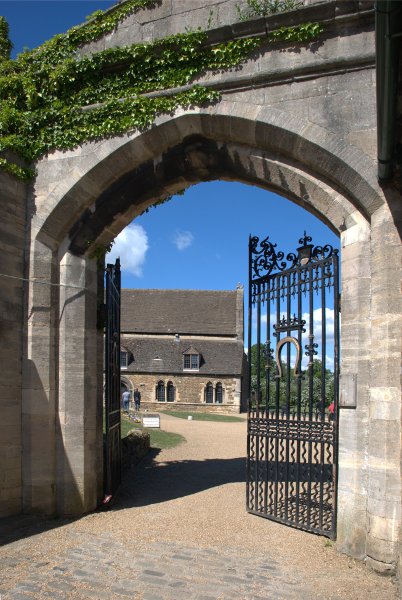
That is what is rather grandly called Oakham Castle. What you see is the only remaining part of what was originally a fortified manor house rather than a real castle. This was originally the Great Hall of the manor house and dates from 1180-90 and is the earliest hall of any English 'castle' to survive in such a complete state. We were sorry that it wasn't open when we were there as we would have like to have seen the inside.
This shows the whole building and it's relation to the church.
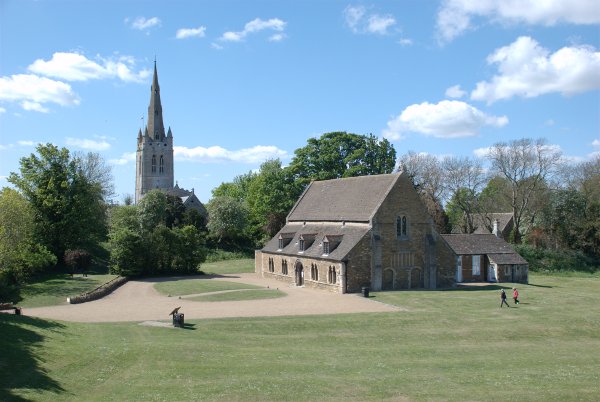
We'd now seen most of Oakham's interesting features, it didn't take long, so we headed for our next destination and our first stop for the night. England's oldest next!


